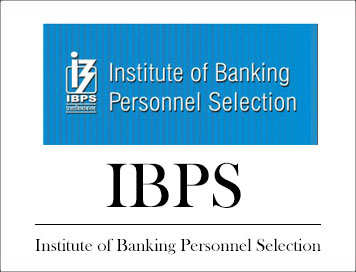
Study Materials for IBPS, Bank Exams : Mental
Ability/Reasoning : Mathematical Operations
The basic approach for the problems of this type is more or
less similar to that of coding and decoding. One has to study the symbols or the
geometrical figures and their meanings carefully. Then, the meanings are to be
used in place of those symbols in answering the questions.
The questions can be categorised into two types Symbols and
Notations
Symbols and Notations
Symbols for these types of questions stand for mathematical
operations like +, –, ×, ÷, > , <, ³, £, = and #. So, the studentsmust replace
the symbols by mathematical operations and apply the BODMAS’ rule to find the
value of the given expression. Other symbols which can be used are DÑ, *, @, $,
etc, with proper definitions. Some examples are given below
Example 1: If ‘+’ means ‘–’, ‘–’ means ‘×’, ‘×’ means and ‘means’ ‘÷’,
and ‘÷’ mean ‘+’ then 15 × 3 ÷ 15 + 5 – 2 = ?
(a) 0
(b) 10
(c) 20
(d) 6
Solution. (b): 15 × 3 = 15 + 5 – 2 after changing the signs = 15 = 3 +
15 – 5 × 2 = 5 + 15 – 10 =10
Example 2: If 2 * 3 = 12, 3 * 4 = 20 and 4 * 5 = 30, then 2 * 6 is
(a) 18
(b) 12
(c) 21
(d) None of these
Solution. (c) The numbers on both sides of * are increased by one and
then multiplied to get the answer. 2*6 = 3 × 7 = 21
Example 3: If x $ y = (x + y + xy –1) (x + y + xy + 1), then the value
of (4 $ 10) is.
(a) 2915
(b) 2195
(c) 2951
(d) 2955
Solution. (a) As per the definition of $, (4$10) would be (4 + 10 + 4
× 10 - 1) (4 + 10 + 4 × 10 + 1) = 2915. So, answer is (a)
Example 4: If * means “is greater than”, @ means `is less then’; and $
means “is equal to” and if a $ b and b @ c, then
(a) c * b
(b) b * c
(c) c * a
(d) Both (a) and (c)